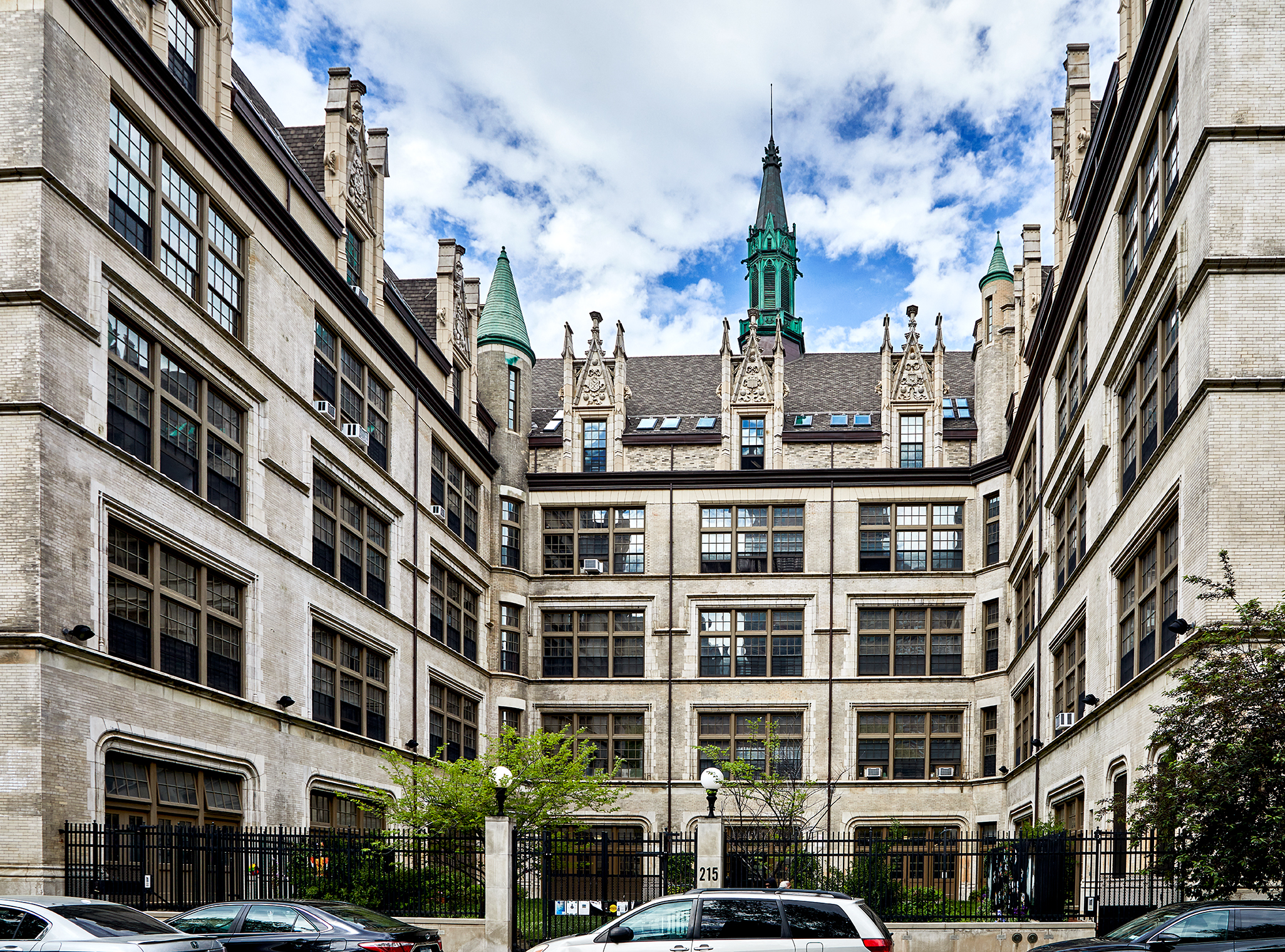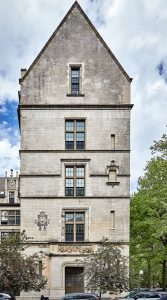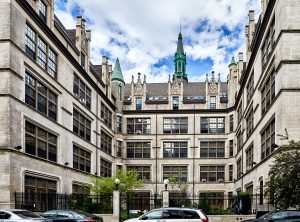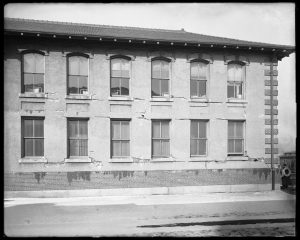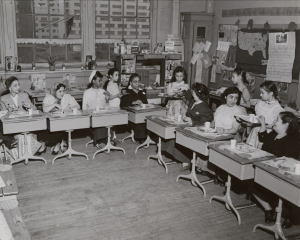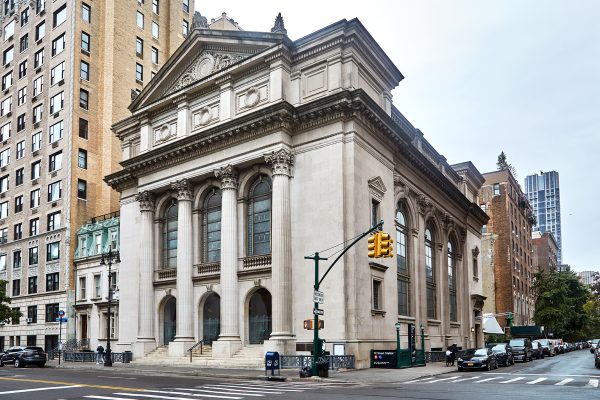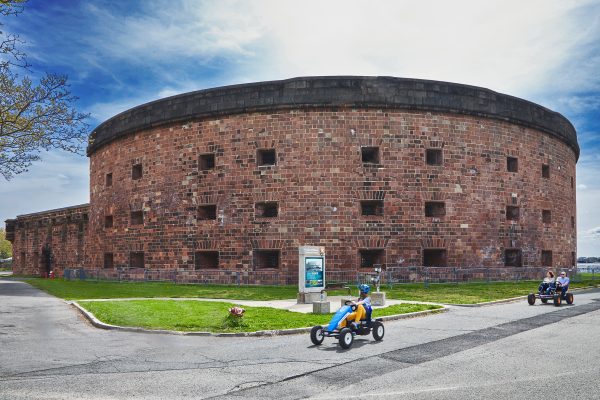Why is this building significant?
This community-organized project adaptively reused an abandoned public school designed by Charles B. J. Snyder, who was the chief architect for the New York City Board of Education from 1891 to 1922. Snyder transformed the architecture of the City’s schools, introducing steel-frame construction, extensive glazing, indoor toilets, and mechanical “forced” air. Perhaps most ingeniously, Snyder utilized less expensive mid-block sites by employing H-shaped plans with courtyards both front and back, allowing light and air to enter the buildings. The pioneering photojournalist and social reformer Jacob Riis praised Snyder as “one of those rare men who opens windows in the soul of their time.”
What did the New York Landmarks Conservancy do?
In the late 1990s, despite fervent objections from the surrounding East Harlem community, New York City had begun to tear down this beloved public school, which had long stood as a local architectural landmark amidst extensive post-World War II public housing. We were instrumental in halting the demolition process and in shepherding the building’s ultimate transformation into affordable live/work space for artists and their families.
Contemporary
Historic

